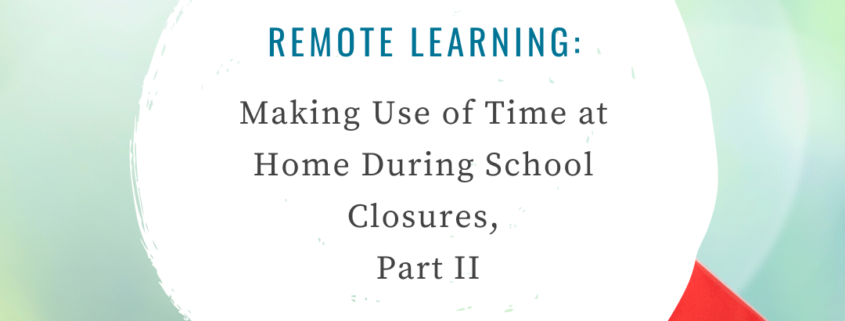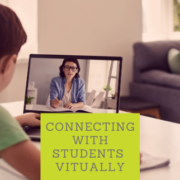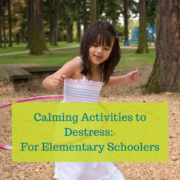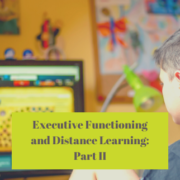Remote Learning: Making Use of Time at Home During School Closures, Part II
As discussed in part one, the COVID-19 pandemic is like nothing today’s younger generation has ever experienced. Mass school closures may initially seem like a cause for celebration for many students. Yet the fact is that this pandemic, now deemed a national emergency, will have lasting effects. This is especially true for school-aged children and teens, who will now be missing out on hours upon hours of instruction and learning. In addition to setting up routines at home to maintain some semblance of normalcy, families will want to get creative when it comes to in-home learning as well.
Foreign language study
Just because schools are closed, that doesn’t mean that students’ language acquisition should hault indefinitely. Apps like Duolingo allow students to brush up on their foreign language skills, or begin to learn a new language altogether. The app is free and easy to use due to intuitive, game-like format.
Parents can also help bolster foreign language acquisition by selecting age-appropriate foreign films or movies with subtitles for the family to watch together.
Want to ditch the screens? Plan a bilingual scavenger hunt around the house using post-it notes. Label household items incorrectly and challenge your kids to correctly place the post-its using their language skills. For instance, if el baño is posted on the basement door, kids would need to move it to the bathroom door before moving onto the next sticky note.
Social studies
For obvious reasons, many spring field trips have had to be cancelled, leaving students disappointed. One possible solution to these cancellations is to try virtual tours of the museums, galleries, landmarks, etc. Of course, the experience will not be entirely the same, but the sense of learning through exploration is still there. In addition, many locations utilize interactive platforms for students to truly immerse themselves in the information. Engaging options include Guggenheim Museum, The MoMA, The Louvre, Smithsonian National Museum of Natural History, The NASA Space Center in Houston, a moon tour via Google Earth, and any number of zoo cams around the world.
Now is also a great time for indulging in some documentaries for additional explorative learning. Beyond the content itself, which will undoubtedly provide information, older children and teens can identify and discuss persuasive techniques and other specific documentary film tactics. It may be beneficial to discuss the subjectivity that often emerges within the genre and how that impacts us, the viewers.
Science at home
Simple science experiments help to pass the time while introducing kids to the many engaging aspects of science.
- Add heavy cream to a jar, tightly seal, and shake vigorously (for a span of 10-30 minutes) until butter begins to form. Kids will be amazed to watch as the cream solidifies. They can also flavor their homemade butter with sea salt or a drizzle of honey!
- Create your own invisible ink using lemon juice and a q-tip. Kids will be amazed to see their secret messages when they hold a paper up to a lightbulb or other heat source.
- Take a blind taste test, but with a tricky twist! Ask your child to hold his or her nose while tasting the everyday items, such as peanut butter, honey, salsa, chocolate chips, yogurt, etc. They will be amazed at how difficult it is to identify some of their favorite foods when their sense of smell is impaired!







